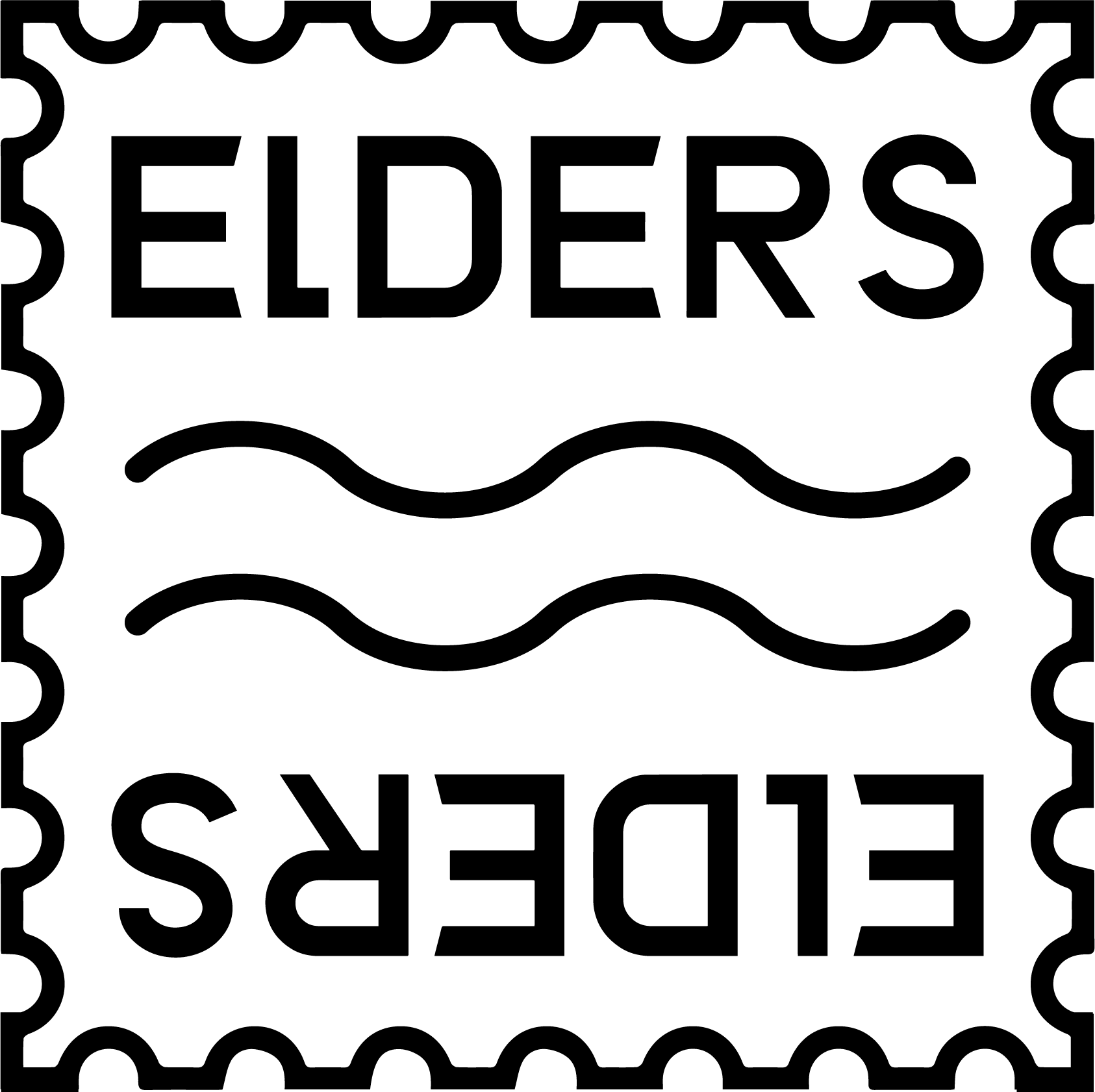
CORRIDOR ︎︎︎ 26.11.2022 - 08.01.2023
David Claerbout, Travel (1996-2013)
Single channel video, HD animation, color, stereo sound, 12 min.
Courtesy Studio David Claerbout and Mr. and Mrs. Espeel - Vandenbroucke
1969, Kortrijk, BE
Lives and works in Antwerp (BE)
Lives and works in Antwerp (BE)

